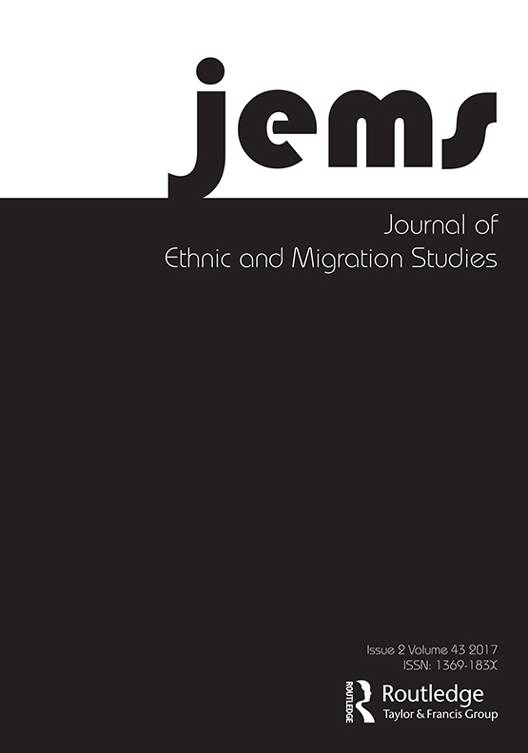
In a new article recently published in the Journal of Ethnic and Migration Studies, Bruno Oliveira Martins and Maria Gabrielsen Jumbert analyze the dynamics surrounding the adoption of technologies for EU border control. The article is part of a forthcoming special issue on The Spiralling of the Securitization of Migration in the European Union, edited by Valeria Bello and Sarah Léonard.
The article it entitld "EU Border technologies and the co-production of security ‘problems’ and ‘solutions’" and you can read the abstract below:
This article contributes to an understanding of how expert technological knowledge impacts the security-migration management nexus at the EU borders. It argues that recent migration flows augmented pre-existing dynamics of growing reliance upon technology in EU border management. These dynamics are assessed through a study of the way emerging technologies, in particular Unmanned Aerial Vehicles (UAV, commonly known as drones), and specific information and surveillance technologies installed on them, have become increasingly understood as crucial for the management of migration into the EU. The article synthesises securitisation theory with Science and Technology Studies to show, first, how the values reflected in border technologies often encapsulate a securitised understanding of the migrant, and second, how the migrants arriving in Europe have been characterised as both potential security threats and as individuals in need of rescue and protection. These frames trigger securitisation dynamics that portray the migration issue as amenable to state-of-the-art technology. In this logic, security ‘problems’ and security ‘solutions’ are co-produced within a complex multi-layered network of public and private actors. The article itself can be found here.





